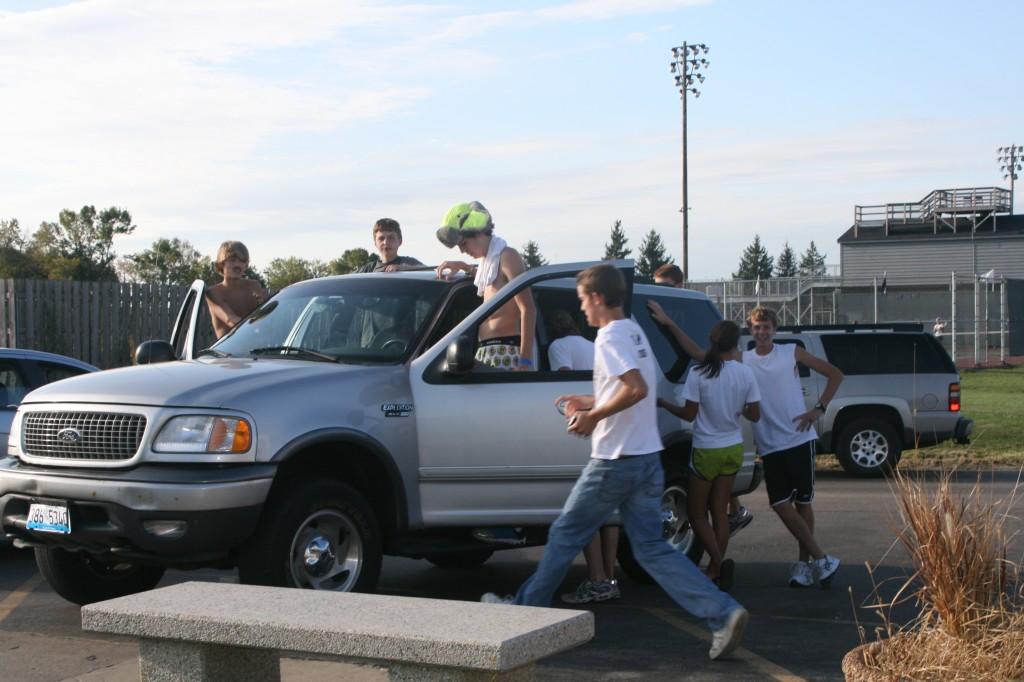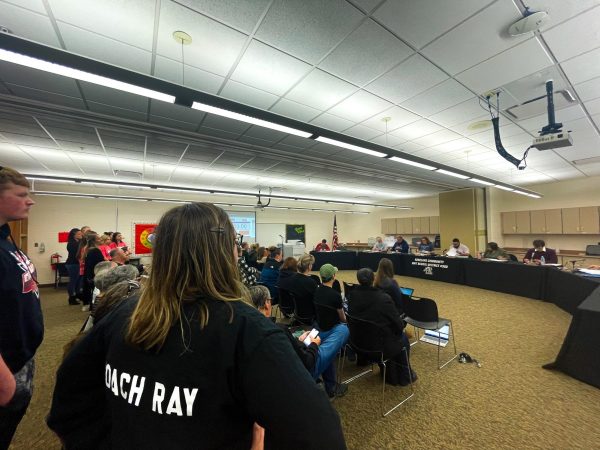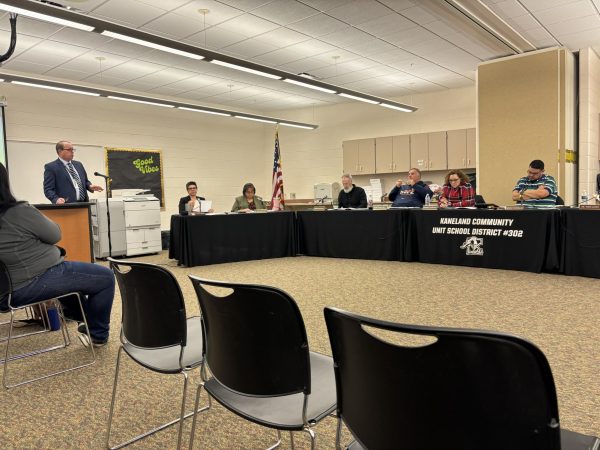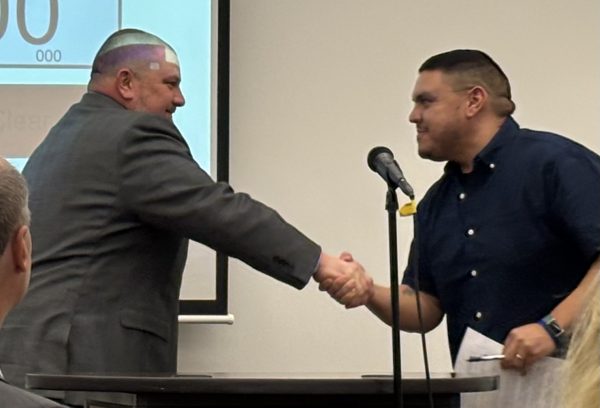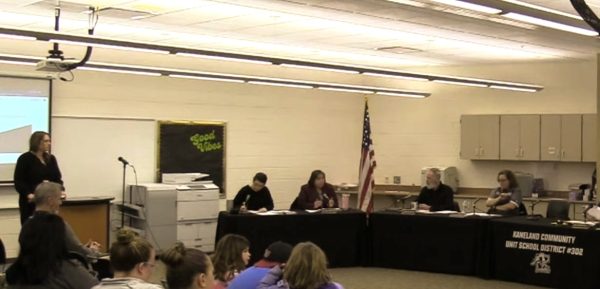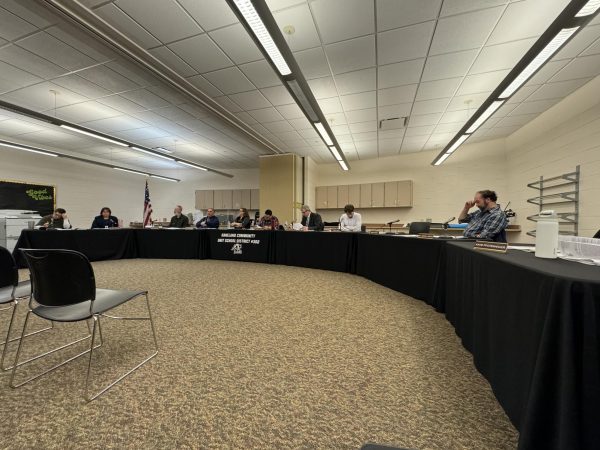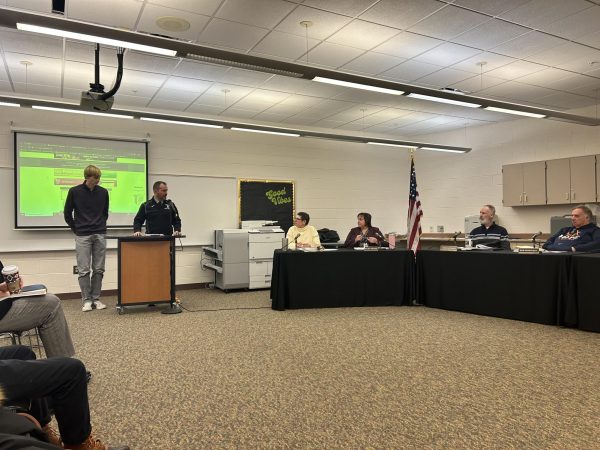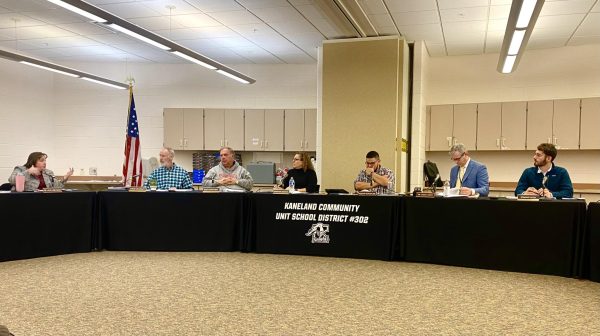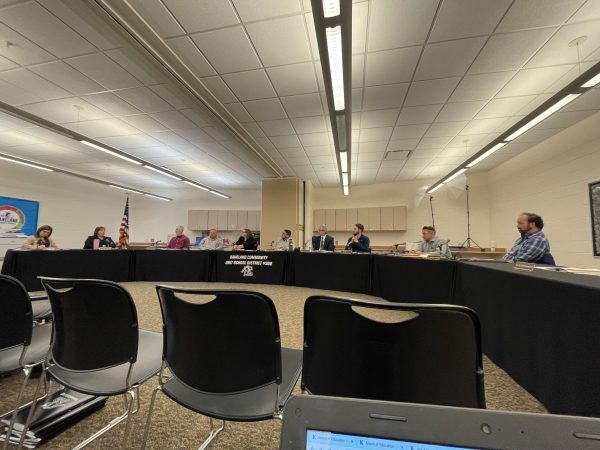State budget crisis continues to affect Kaneland
After cross country practice, junior Frankie Furco ( in the driver’s seat) takes friends home. Due to budget cuts, carpooling is common with students.
September 23, 2010
Illinois’ ongoing budget crisis, which lead to cutting activity buses and programs at Kaneland, continues to hit students hard.
“The district’s budget gap for this year is $2.4 million,” Superintendent Dr. Jeff Schuler said.
The loss of state aid means Kaneland must take drastic measures.
“Kaneland’s number one priority is to provide its students with a strong education to guide them successfully through their futures,” Schuler said.
Academics will always be a higher priority than sports and clubs, Schuler said.
“District 302 has been waiting for months to receive their General State Aid money, which finances transportation and special education, amongst other programs. The social studies, family consumer science and physical education departments all have one less teacher. Students are already seeing how they are going to be affected based on the increase of students in their classes,” KEA head negotiator Lynn McHenry said.
The district does not know how much it will receive from the state this year, since the state has only passed a six-month budget.
“We will continue to receive local tax money and possibly some other federal money. The school board must obey the budget that has been set for us by the district. The money that we receive from state financial aid will be put toward staff salaries, programs, materials and transportation,” McHenry said.
Beyond the state’s non-payment, the district is also facing a rapid rise in health care costs, which have gone up by approximately $1 million. The board selected a different dental care plan, and teachers have to pay 17 percent more for their health care this year, McHenry said.
For students, the most immediate effect is the cutting of activity buses.
“I am now carpooling with a few people on the football team, and a few in other after school activities too,” sophomore Kyle Pollistrini said.


